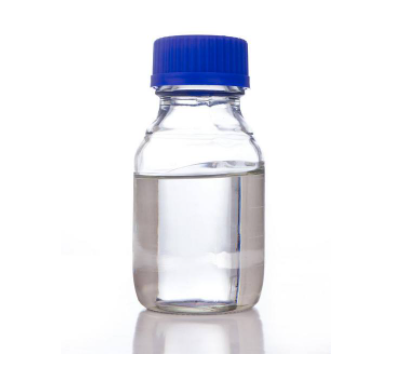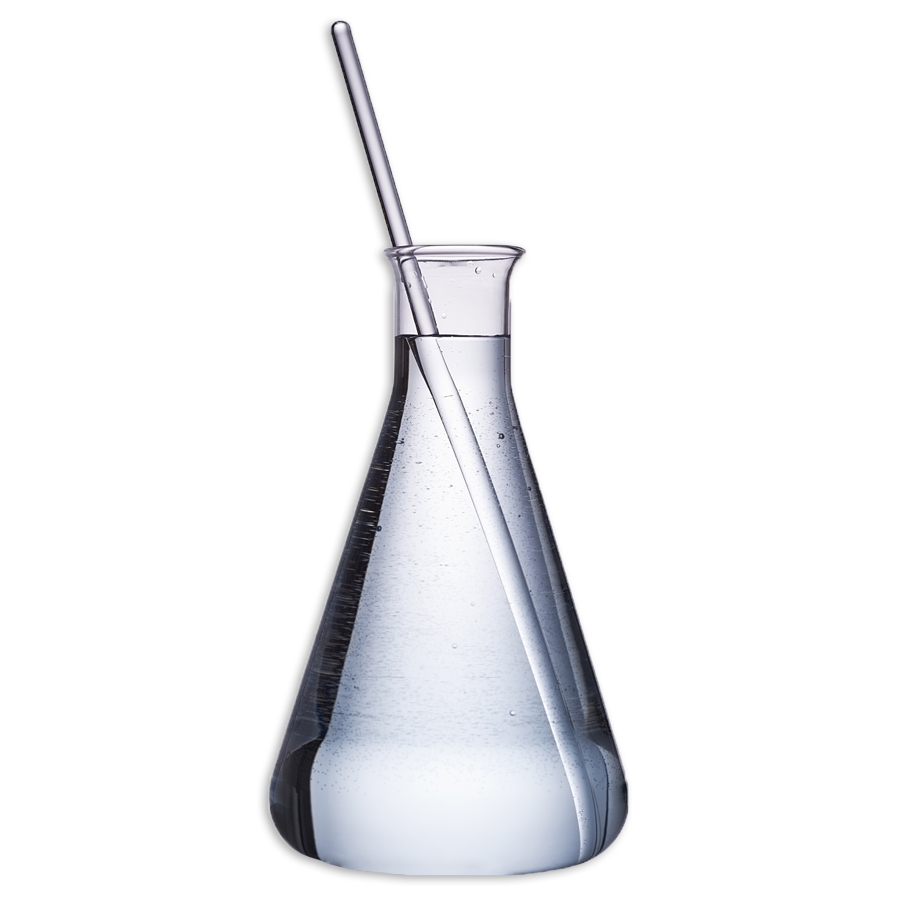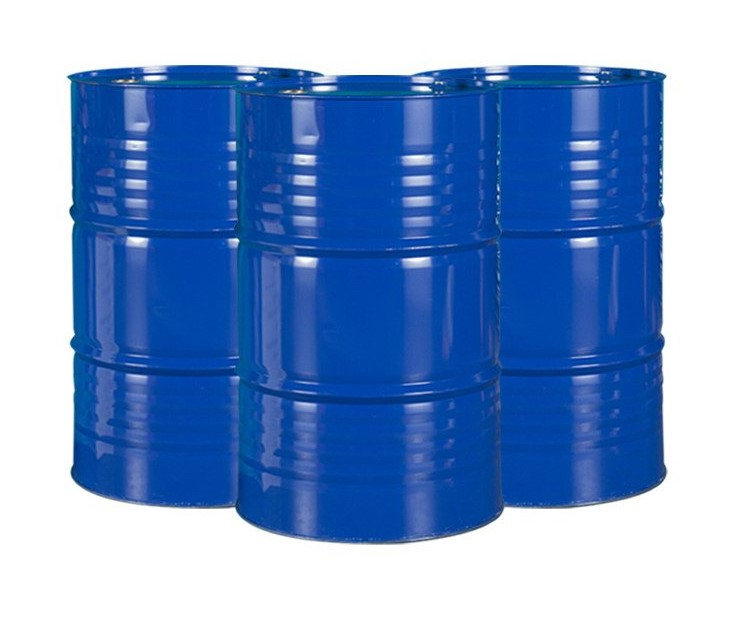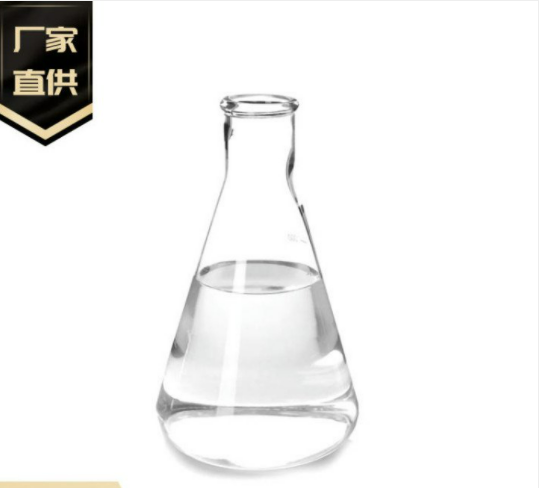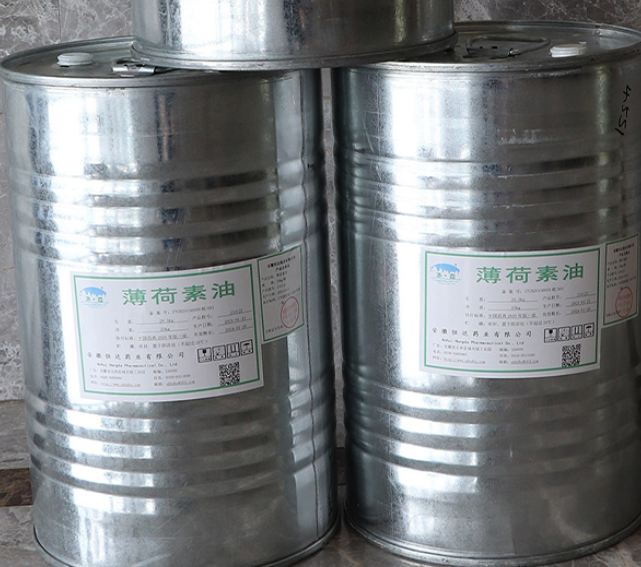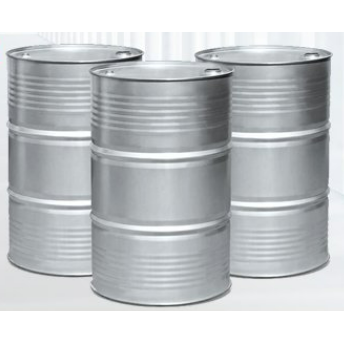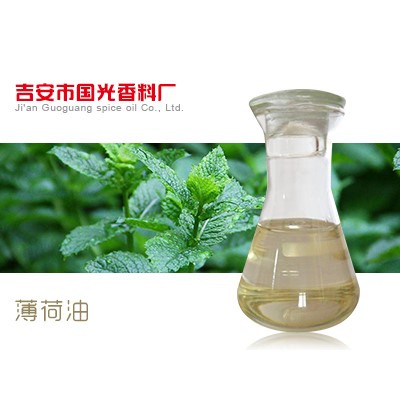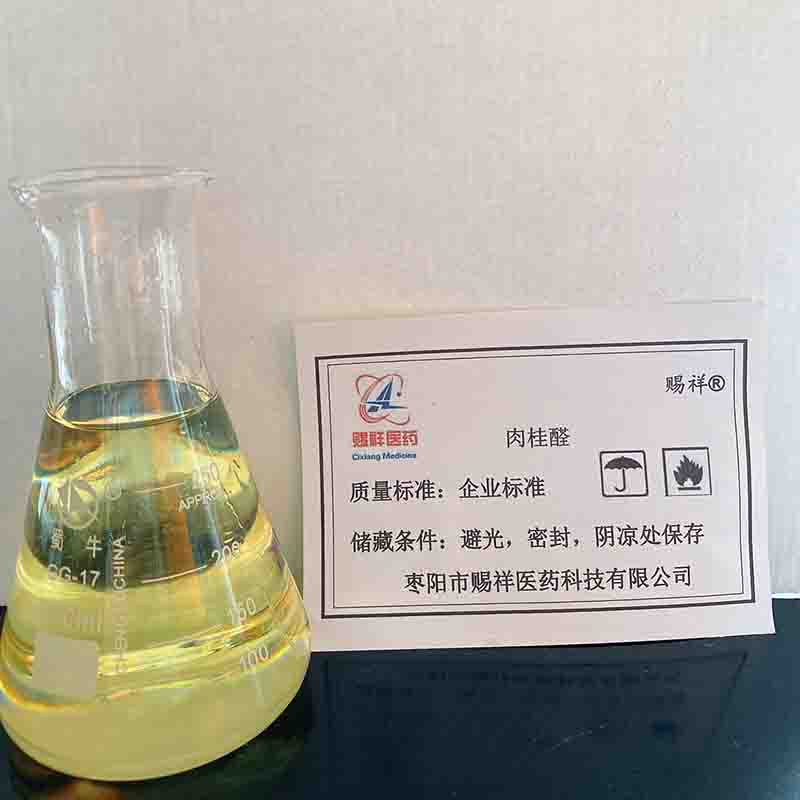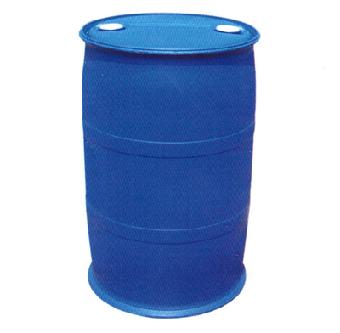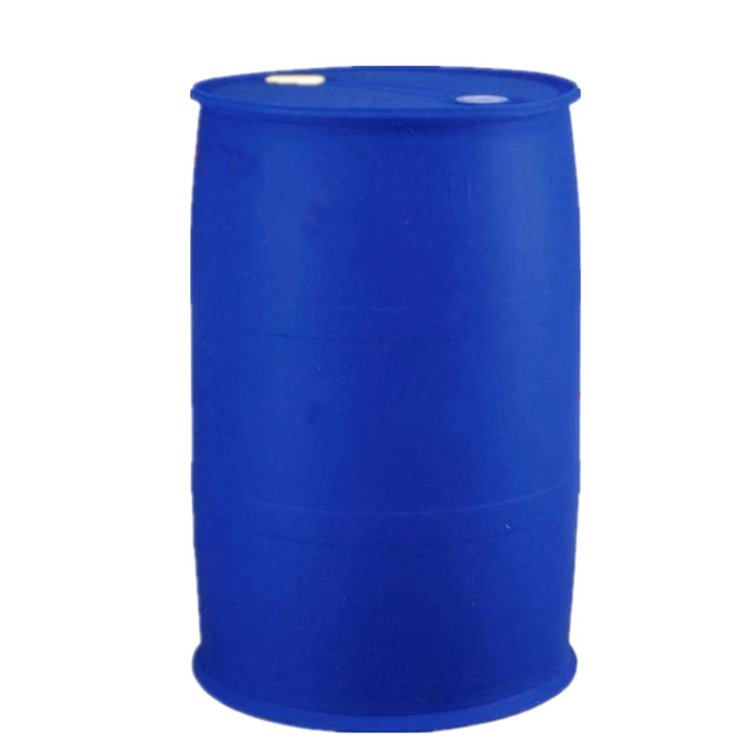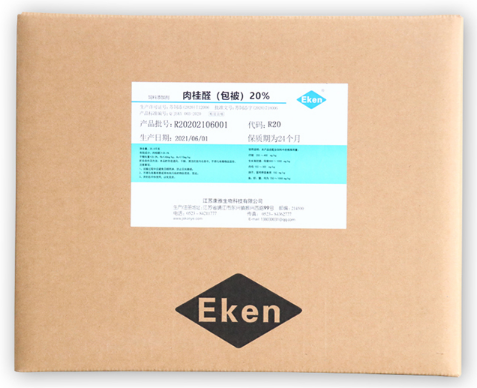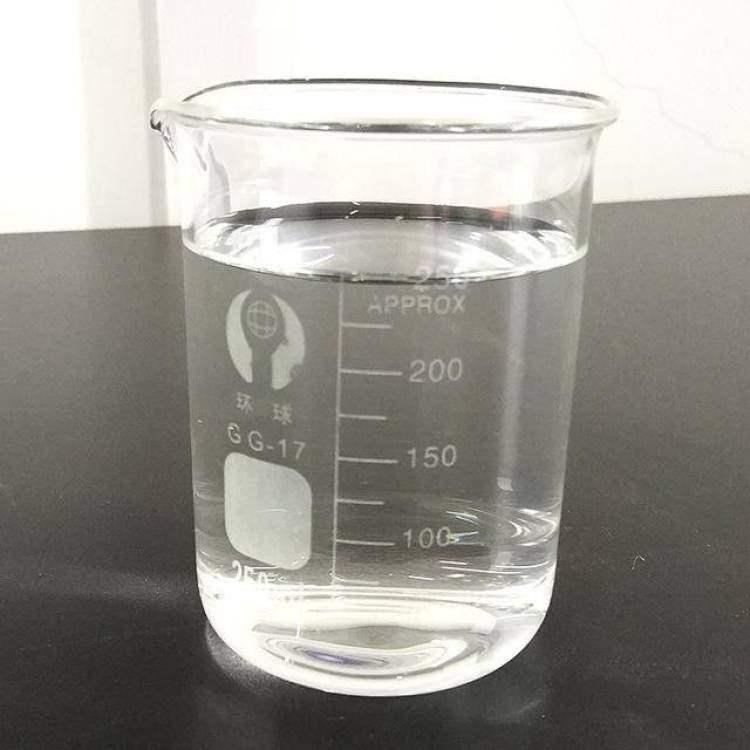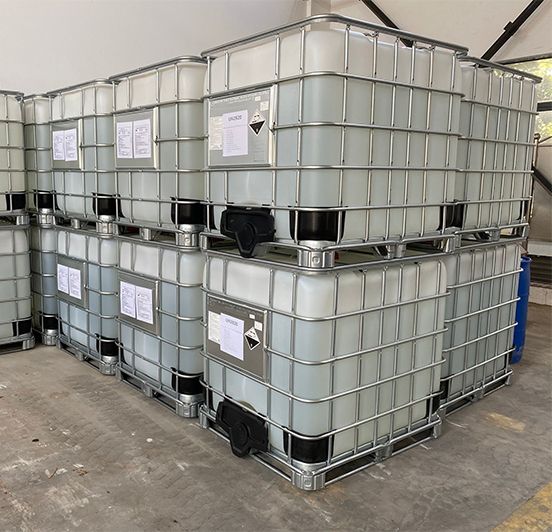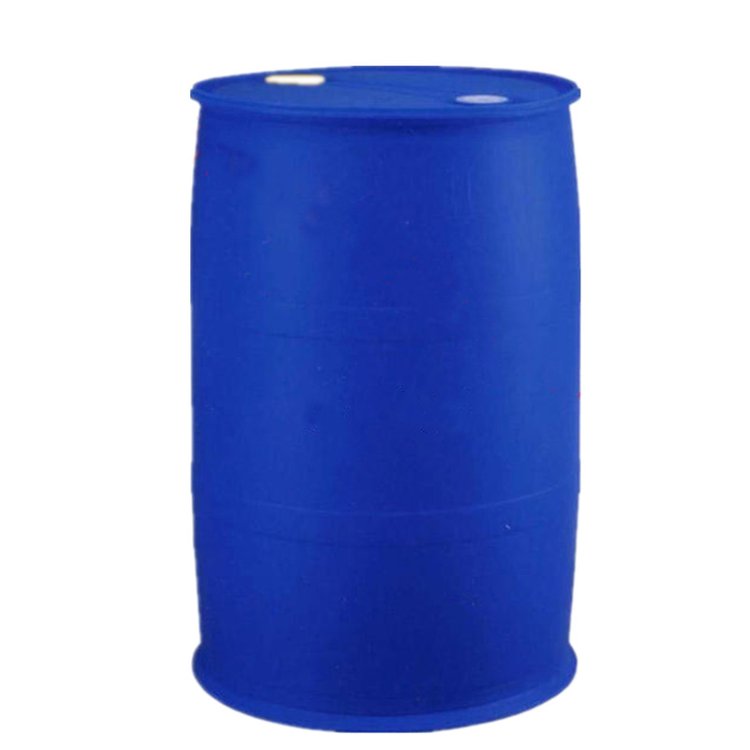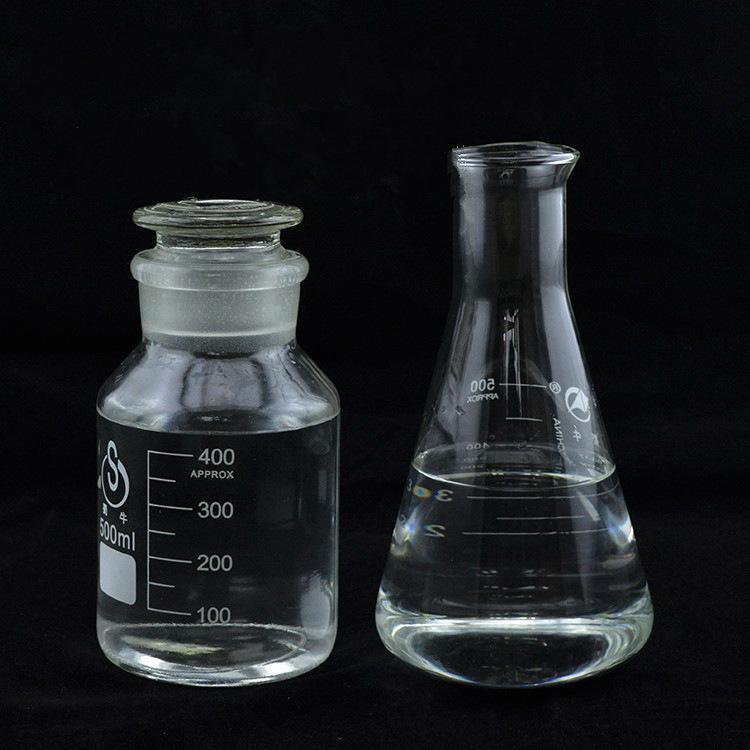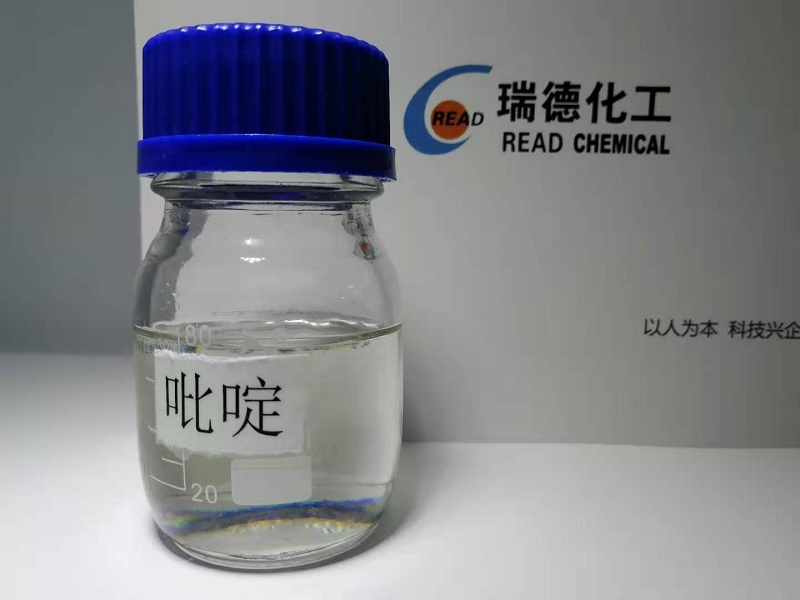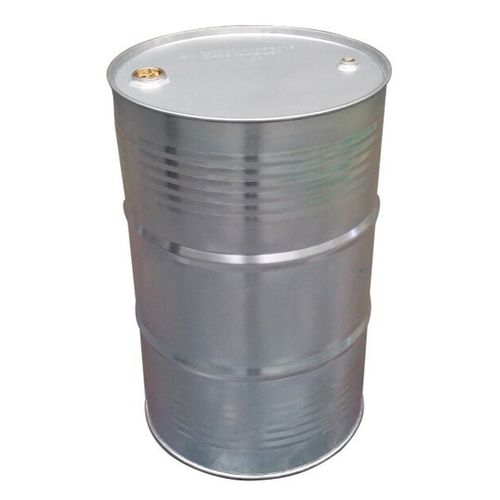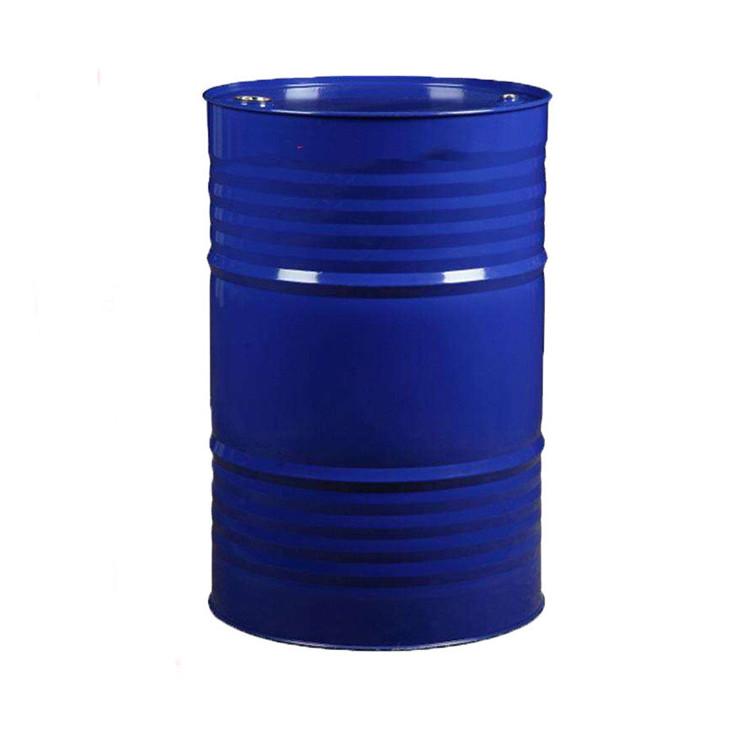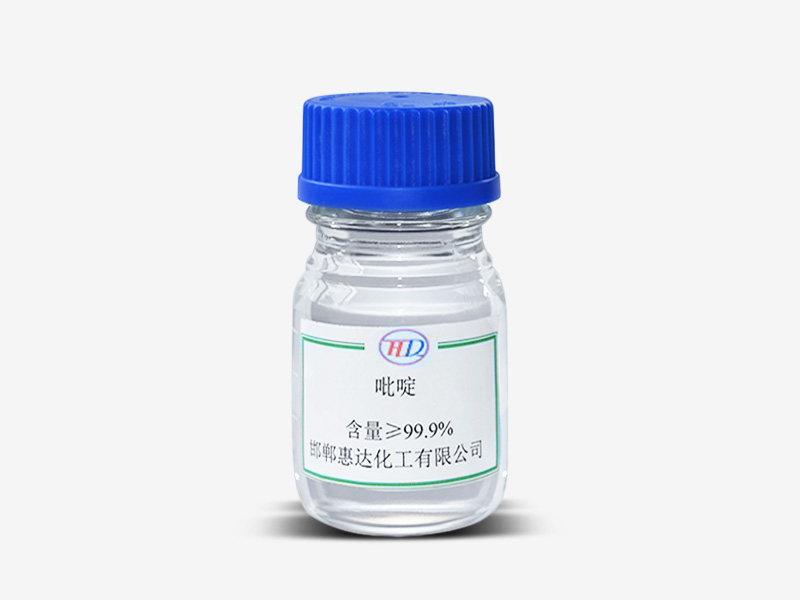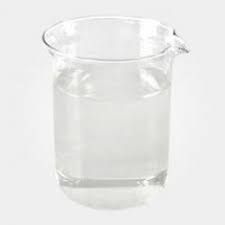Flavors and Fragrances
Find
974
related chemicals for youAlias
More Information
N-Butanol; Normal Butanol; Butan-1-Ol; N-Butyl Alcohol; Butan Alcohol; Butanol-1; N-Butul Alcohol; 1-Butyl Alcohol; Butylowy Alkohol; Butanol; Butyl Alcohol
Brief Introduction
This product is used as chromatographic reagent and also for organic synthesis. It is a permitted edible spice. It is mainly used for making banana, cream, whisky and cheese. It is also used as solvent and pigment diluent for extraction.
Suppliers
View More Vendors (5) >
CAS:8006-90-4
Molecular Formula:C62H108O7
Alias
More Information
Peppermintoilpure; Dementholized; Peppermintoil,Nf; Peppermintessence; Oils, Peppermint; Oil Of Peppermint; Oils,Peppermint; Peppermint Oil Fcc; Essential Oils; Mentha Piperita Oil China; Pepper Mint Oil
Brief Introduction
Peppermint is a common medicinal plant. Its history in the medical Pharmacopoeia can be traced back to the Greek era thousands of years ago. It has anti spasm, analgesic, anti-inflammatory, congestive and antioxidant effects. Up to now, peppermint oil is most commonly used. It is mainly extracted from the stems, leaves and flowers of peppermint by distillation. The main components are menthol and menthol, Because of its special spicy and fresh taste and the cool feeling after use, it is often used in cosmetics, personal hygiene products, food and pharmaceutical products.
Suppliers
View More Vendors (5) >
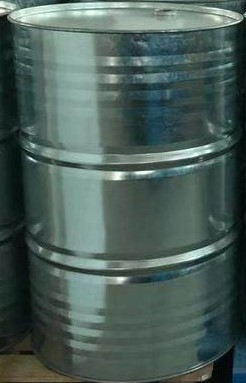
The ester content of menthol acetate is 3.0% ~ 9.0% ; Total alcohol content > 50%
/
Pharm Grade
180kg
/
Iron Drum
CAS:104-55-2
Molecular Formula:C9H8O
Alias
More Information
3-Phenylpropenal; Cinnamaldehyde, Trans-; (E)-3-Phenylprop-2-Enal
Brief Introduction
Cinnamaldehyde is one of the important pharmaceutical raw materials. It is commonly used in external drugs and synthetic drugs. In addition, cinnamaldehyde is one of the most important spices. It is often used in soap flavors to modulate the essence of mast, jasmine, lily of the valley and roses.
Suppliers
View More Vendors (5) >
Chi Cheung Pharmaceutical Technology Co.,Ltd.
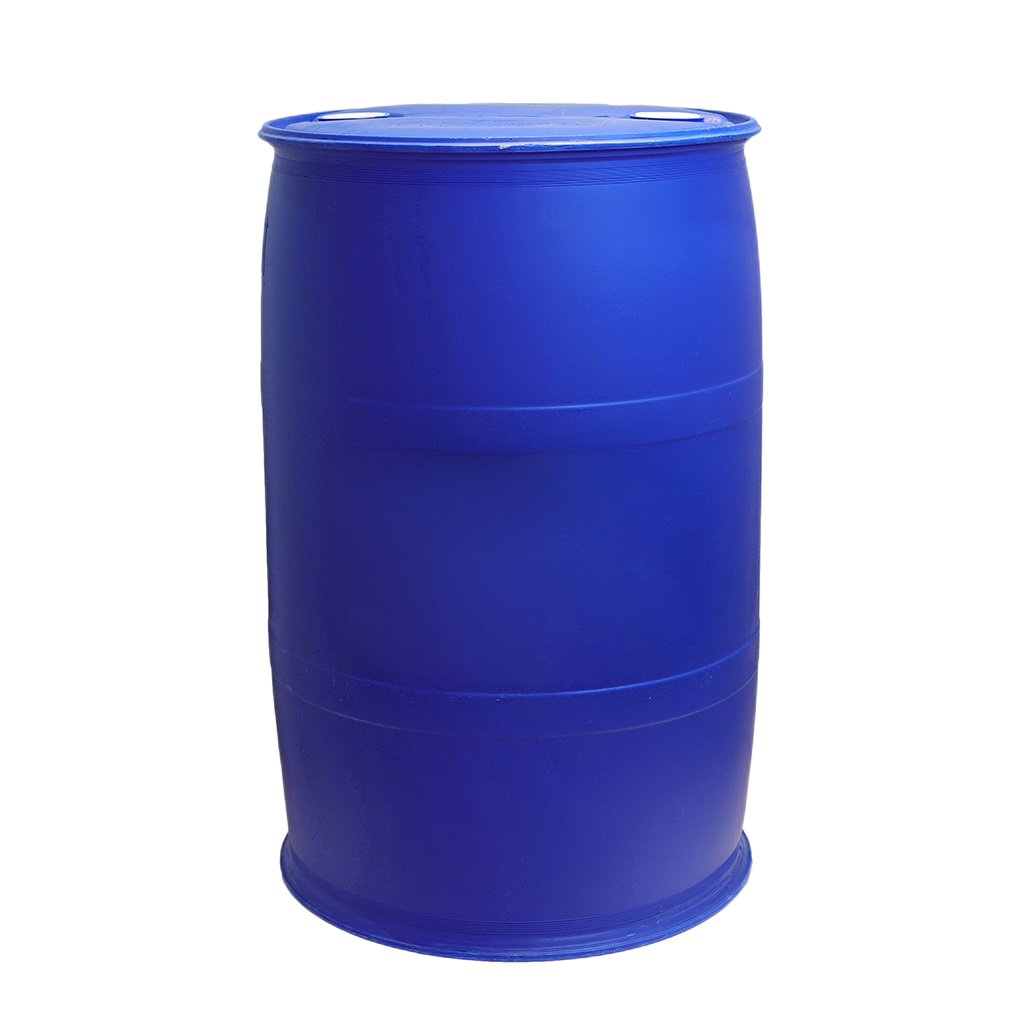
≥99%
/
-
CAS:107-92-6
Molecular Formula:C4H8O2
Alias
More Information
Butyric Acid; Butanoic Acid
Brief Introduction
Butyric Acid is a saturated short-chain fatty acid with a 4-carbon backbone. Butyric acid is commonly found in esterified form in animal fats and plant oils.
Butyric acid appears as a colorless liquid with a penetrating and unpleasant odor. Flash point 170°F. Corrosive to metals and tissue. Density 8.0 lb /gal.
Butyric acid is a straight-chain saturated fatty acid that is butane in which one of the terminal methyl groups has been oxidised to a carboxy group. It has a role as a Mycoplasma genitalium metabolite and a human urinary metabolite. It is a straight-chain saturated fatty acid and a fatty acid 4:0. It is a conjugate acid of a butyrate.
Suppliers
View More Vendors (5) >
CAS:110-86-1
Molecular Formula:C5H5N
Alias
More Information
Azabenzene; Azine; Pyridin; Piridina; Pirydyna; Pyridine Crude
Brief Introduction
Pyridine is a six membered heterocyclic compound containing one aza atom, that is, a compound formed by the substitution of one carbon in benzene molecule with nitrogen. It is similar to benzene in that it has the same electronic structure and still has aromaticity. Pyridine and its derivatives are more stable than benzene, and their reactivity is similar to nitrobenzene. Due to the electron absorption of nitrogen atoms in the ring, the electron density at positions 2, 4 and 6 is lower than that at positions 3 and 5. The typical aromatic electrophilic substitution reaction occurs at positions 3 and 5, but the reactivity is lower than that of benzene, so it is generally not easy to nitration, halogenation and sulfonation. In addition, these substitution reactions are carried out in acidic medium. Pyridine forms positively charged ions, which make electrophilic reagents inaccessible. The halogens of 2-or 4-halopyridines are active. Because of the low electron density at positions 2 and 6, nucleophilic substitution reactions can take place at these positions, such as reaction with sodium amino or potassium hydroxide, to give corresponding 2-aminopyridine or 2-hydroxypyridine. Pyridine can also be used as denaturant and dyeing aid in industry, as well as the starting material for synthesis of a series of products, including drugs, disinfectants, dyes, food seasonings, adhesives, explosives and so on. Pyridine is toxic, inhalation, ingestion or skin contact can lead to reduced male fertility, can also cause cancer.
Suppliers
View More Vendors (5) >
Inquiry (
10
/ 10
)
Clear All
You can inquire for up to 10 products at a time
Sign In
Error!

